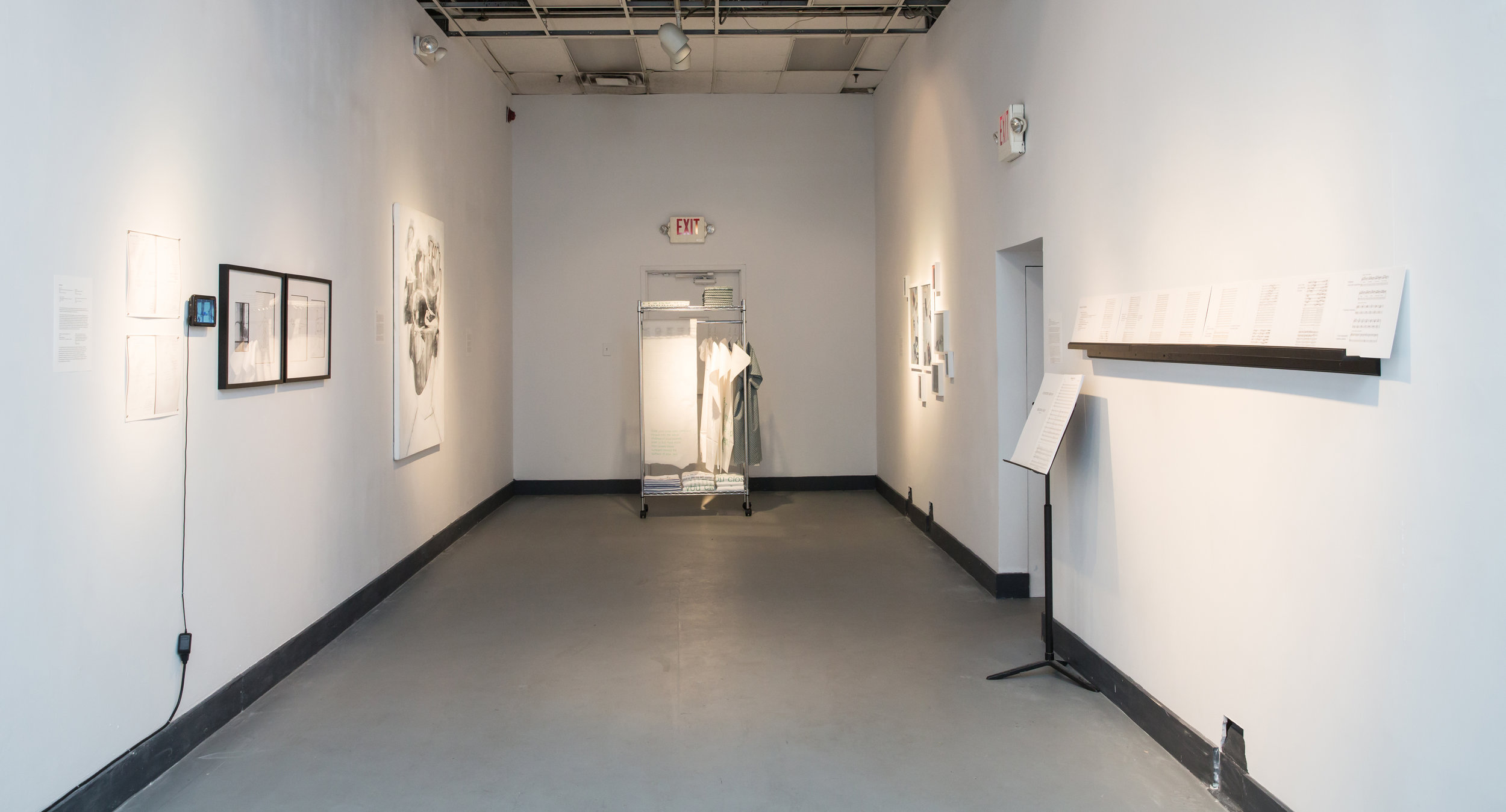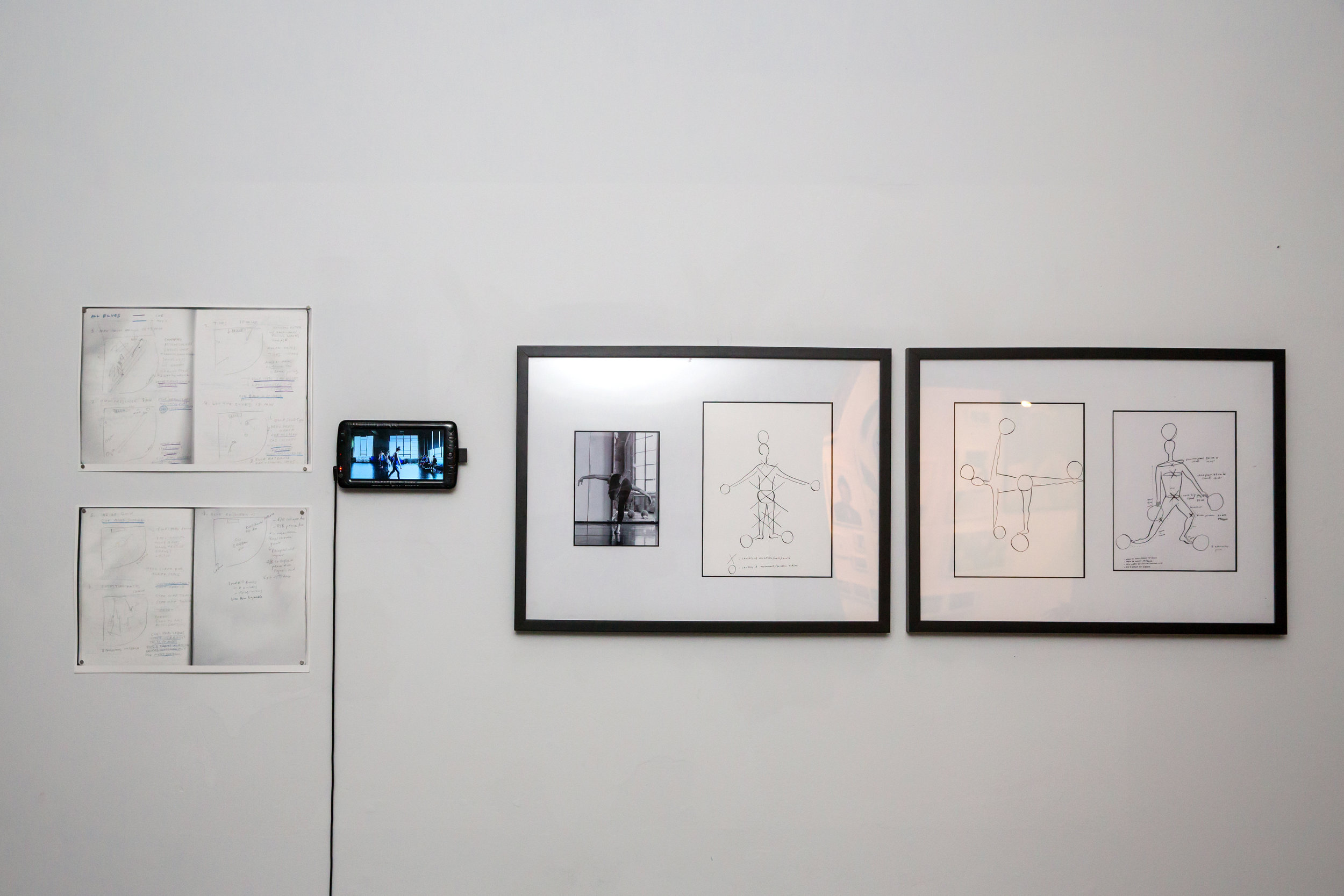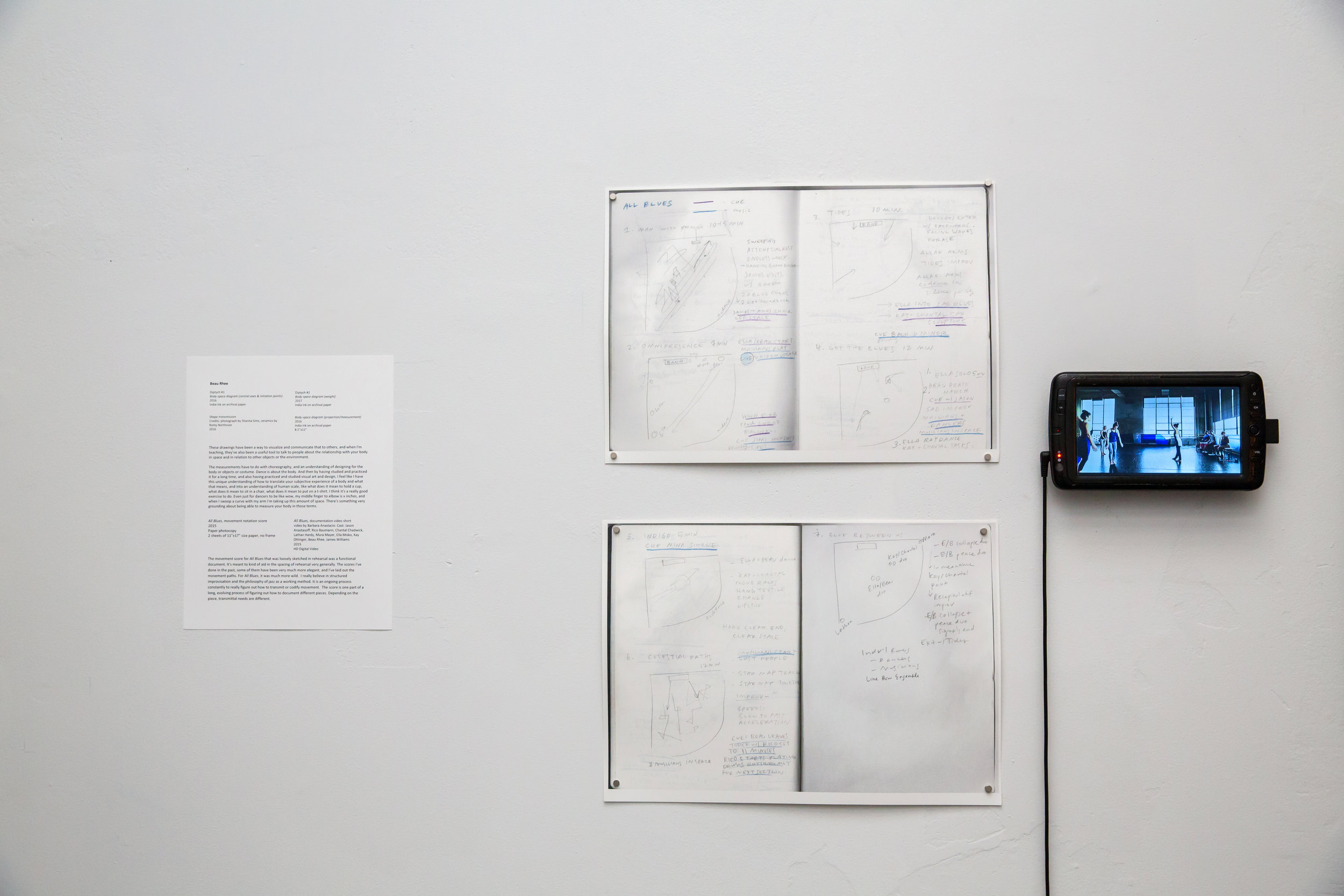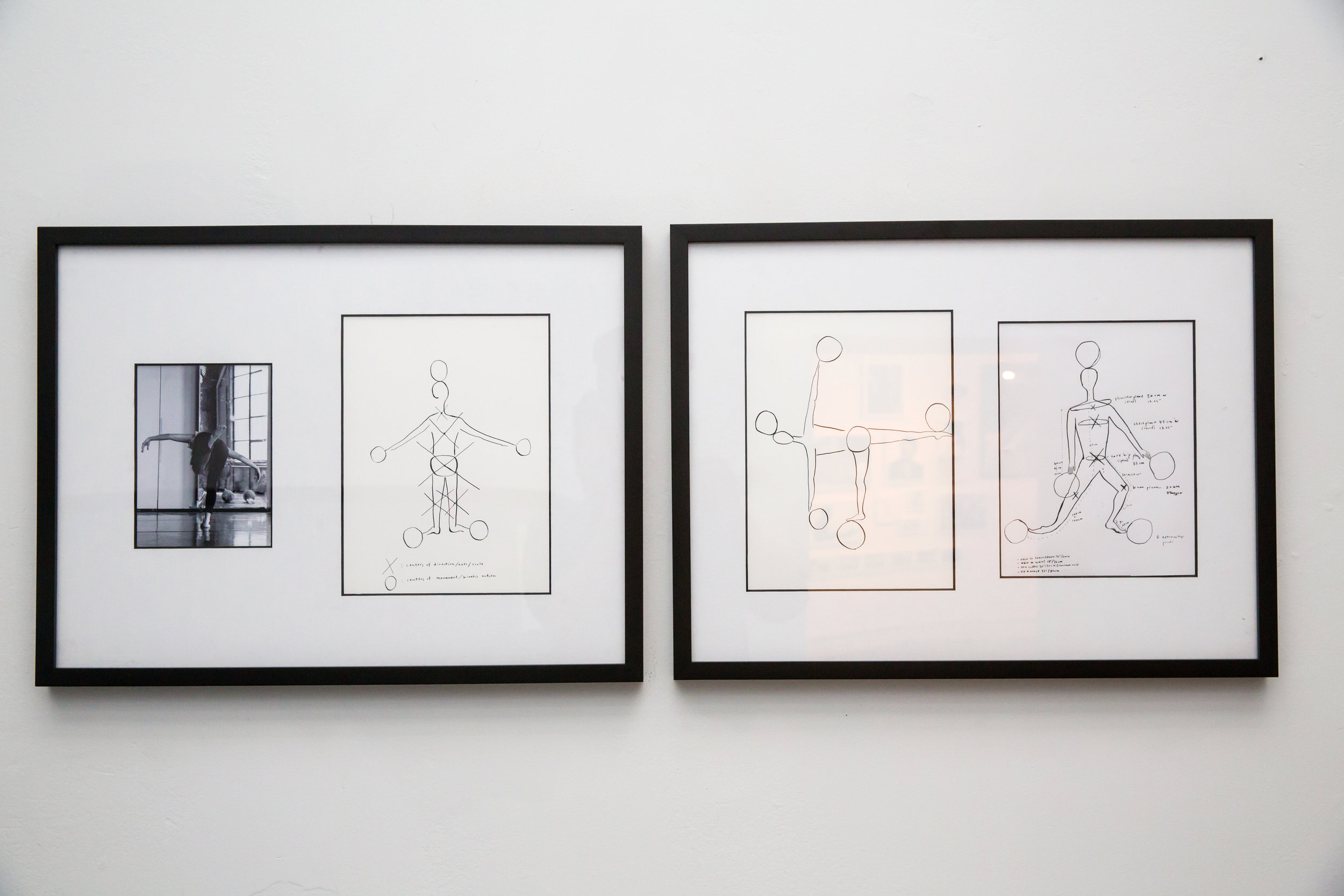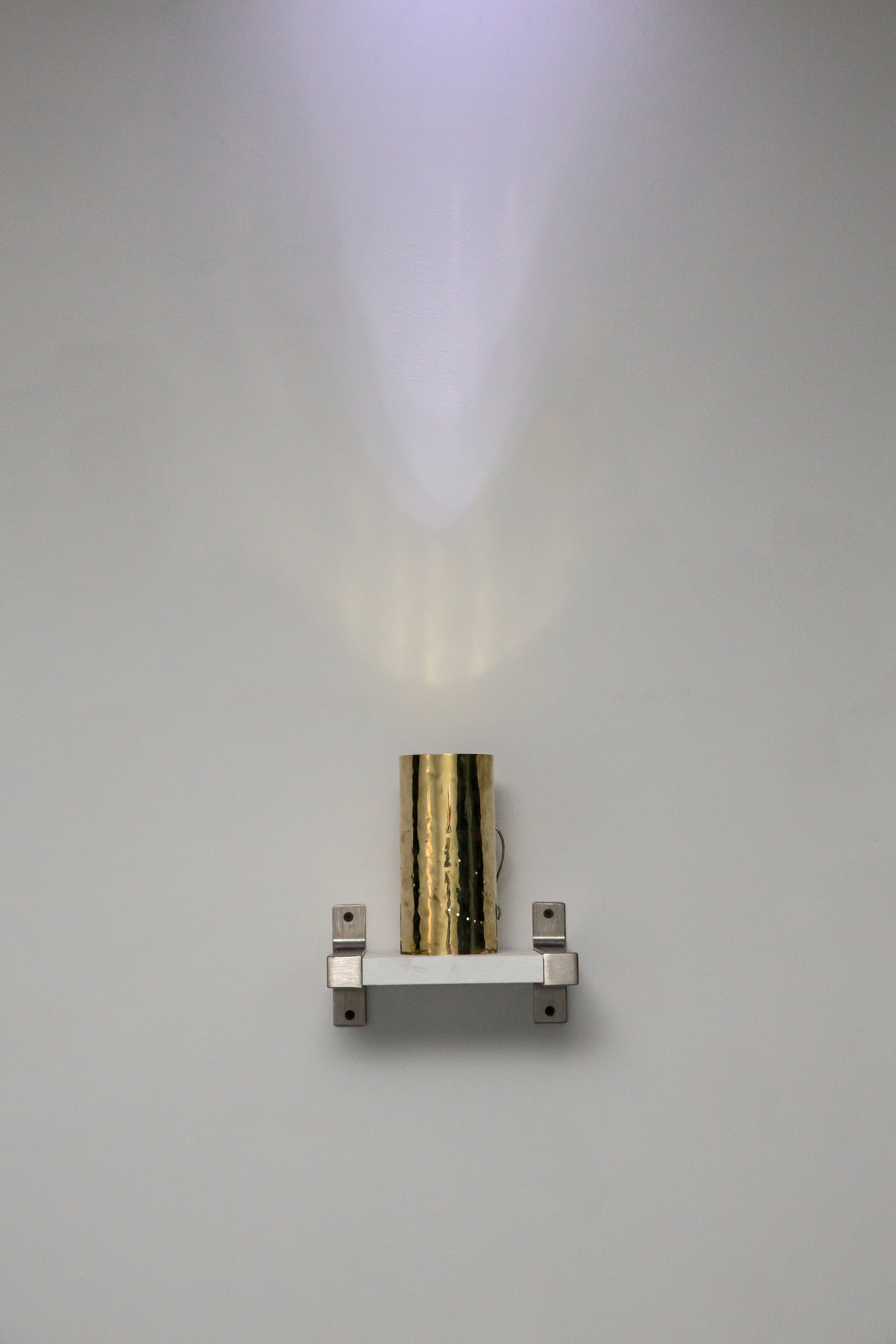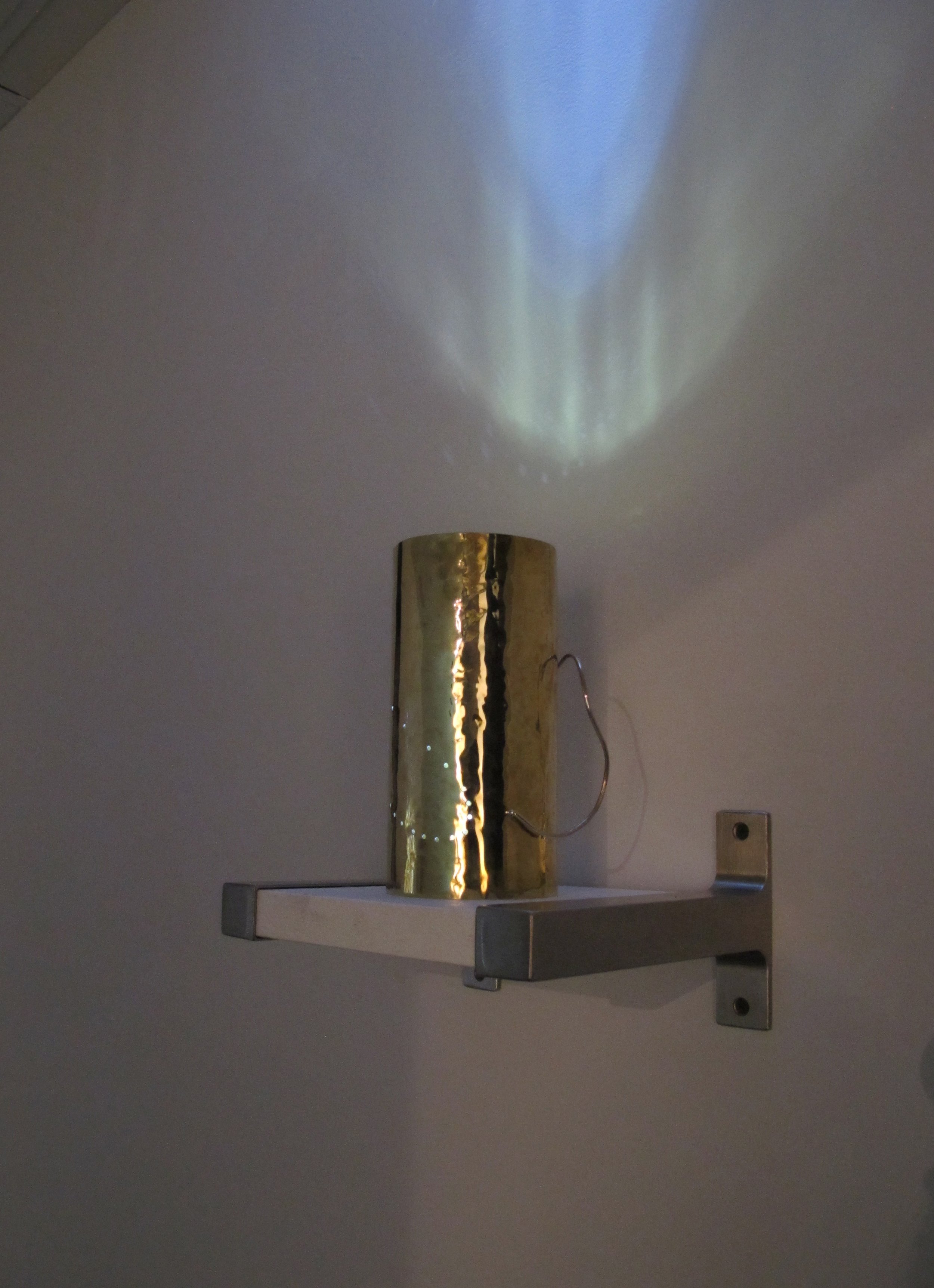THAT WHICH IS FUNDAMENTAL, PREDICATED
May 4-28, 2017 at Slought Foundation, 4017 Walnut St, Philadelphia, PA
https://www.thatwhichisfundamental.com/
A Recollection. and Predicated, curated by Tiona Nekkia McClodden - feature archival traces and work by ten contemporary artists that engages with Julius Eastman and the fragmented nature of his legacy.
A Recollection. approaches a historical exploration and remembrance of Eastman as a master of artifice, while Predicated., an exhibition in conversation with the work of Julius Eastman, explores notions of absence, trace presence, duration, the politics of exhaustion, as well as the interplay between composition and improvisation through video, sculpture, and photography.
Julius Eastman (1940-1990) as born in New York City and raised in Ithaca, New York. He studied piano and composition at the Curtis Institute of Music, graduating in 1963. In the late sixties, he moved to Buffalo, New York, where he was invited by composer-conductor Lukas Foss to join the prestigious university-based new music group, the Creative Associates, eventually becoming a member of the University of Buffalo music faculty. In Buffalo, his colleagues at the new music center included Petr Kotik, Gwendolin Sims, James Fulkerson, Jan Williams, and Morton Feldman. During his highly productive years in Buffalo, he composed Thruway; a ballet score, The Moon’s Silent Modulation; Macle; Trumpet; Colors; and Stay On It; among other pieces. In the summer of 1976, Eastman moved to New York City where he became part of the “downtown” New York music scene. During this period he performed with Arthur Russell, Meredith Monk, Peter Zummo, and others in venues ranging from Carnegie Hall and the Brooklyn Academy of Music to downtown lofts and disco clubs. From 1976 until his death in 1990, Eastman’s “model of musicianship,” as music historian Ryan Dohoney terms it, “expanded to include free Jazz, improvisation, new wave rock, disco, as well as his own composed music that is marked by intense repetition and political aggressiveness.” This “political aggressiveness” is evident in the series of multi-piano pieces that Eastman wrote with provocative titles such as Crazy Nigger, Evil Nigger, and Gay Guerrilla. Following a series of personal struggles and misfortunes such as eviction from his apartment for non-payment of rent and the confiscation of his possessions including his musical scores, Eastman returned to Buffalo, where he died in 1990 at age 49.
Photography: Ben Tran
